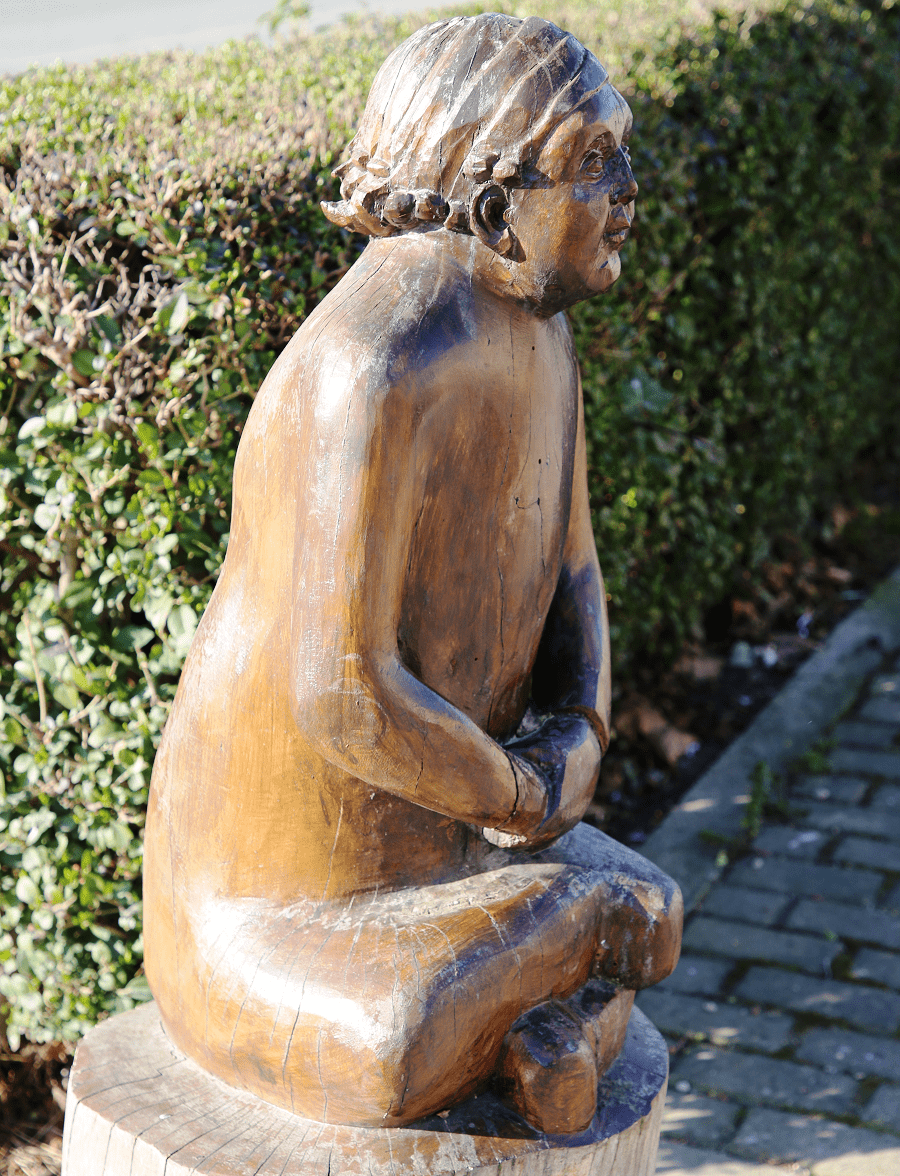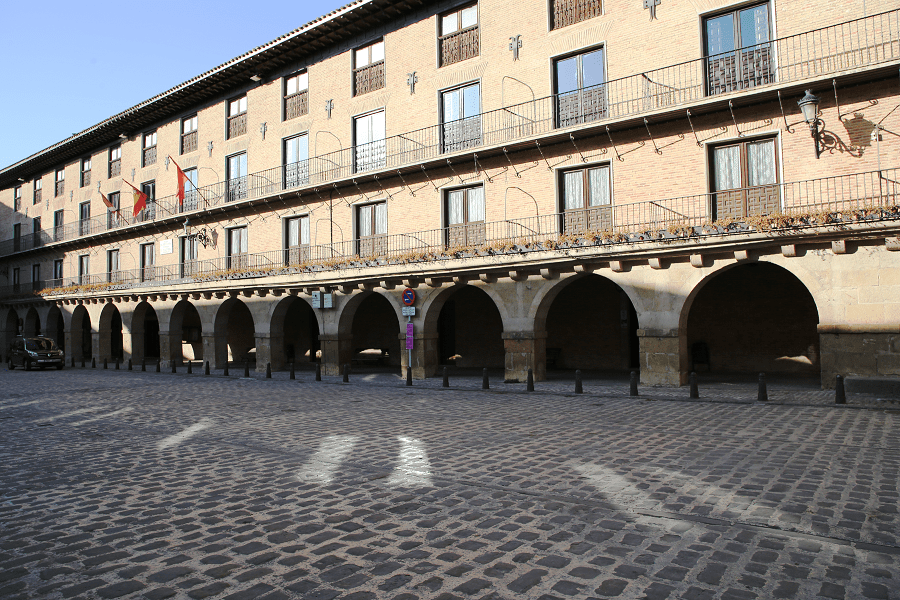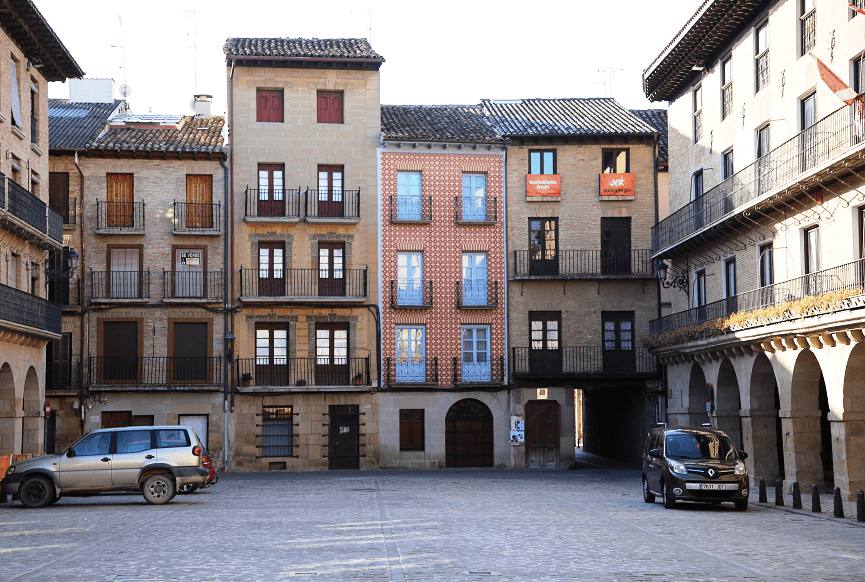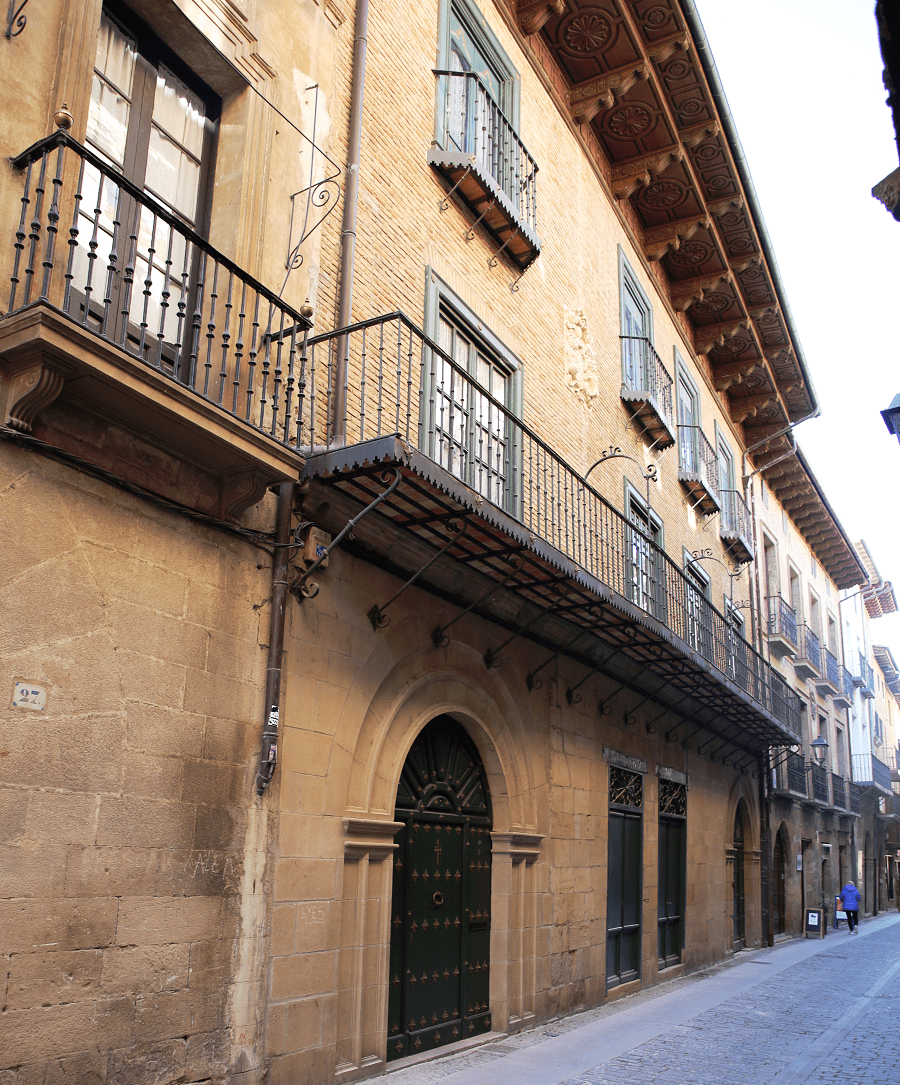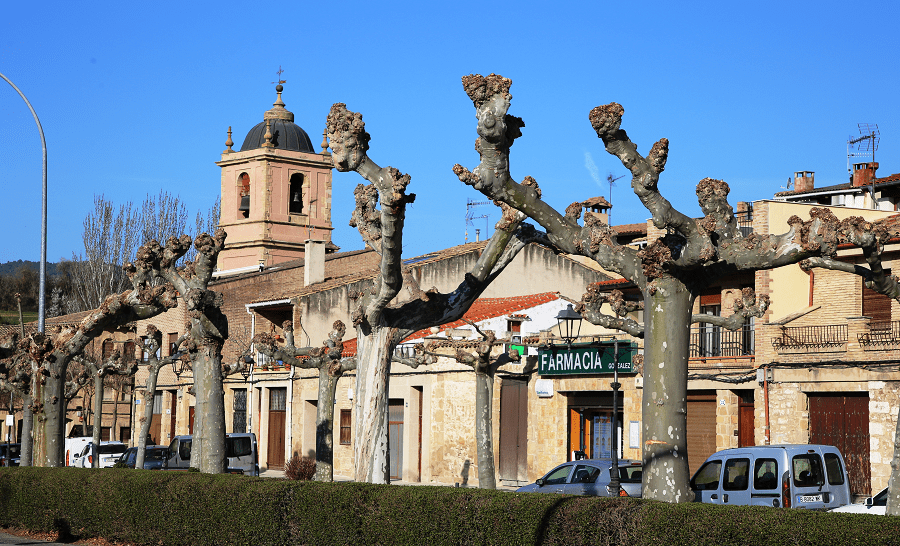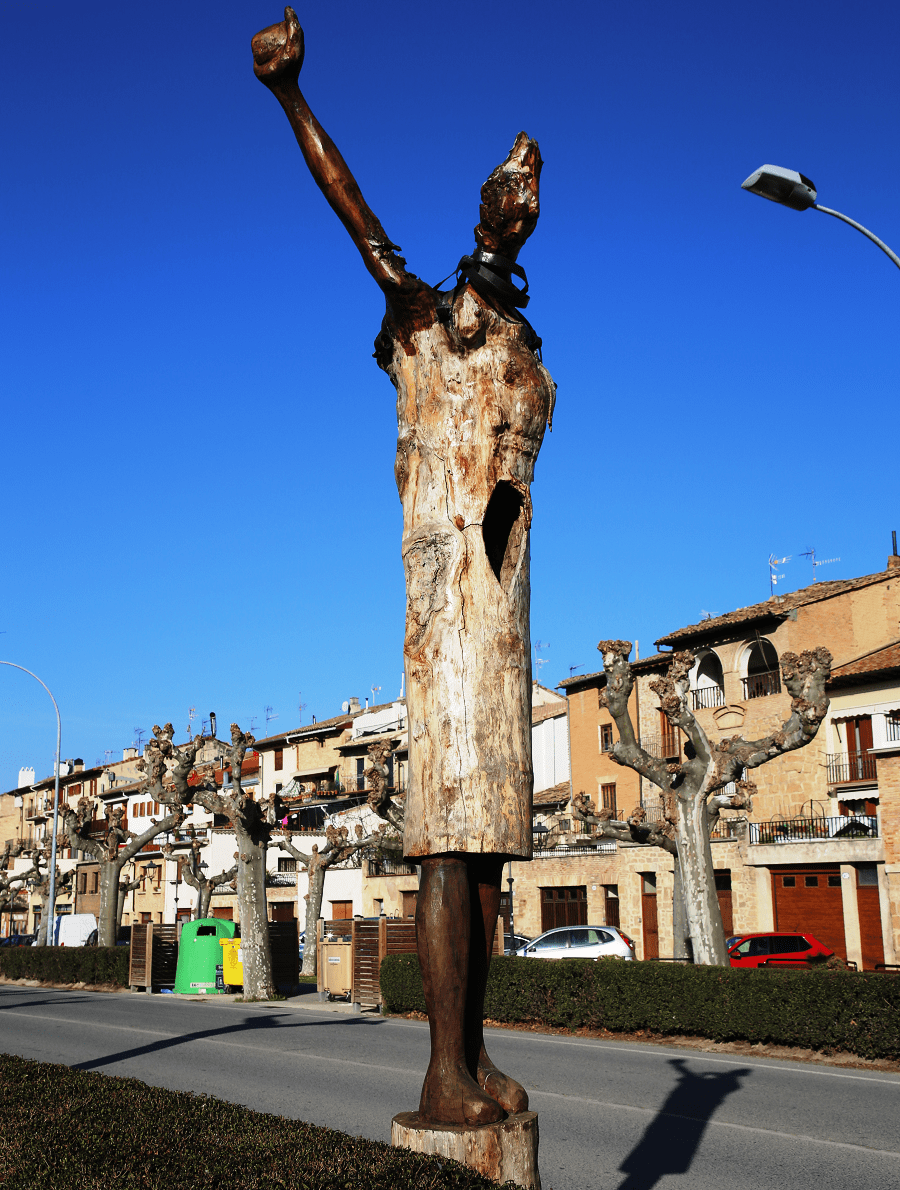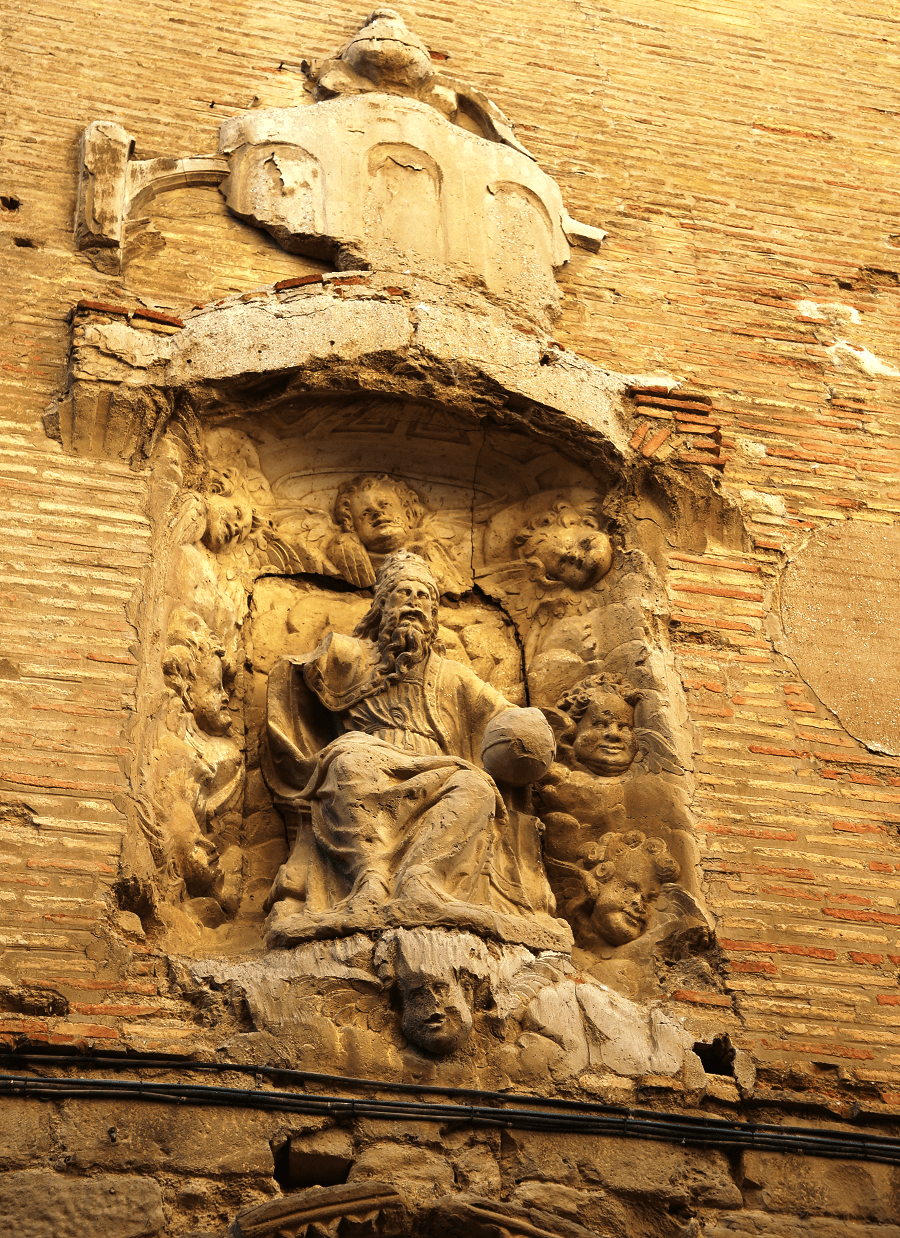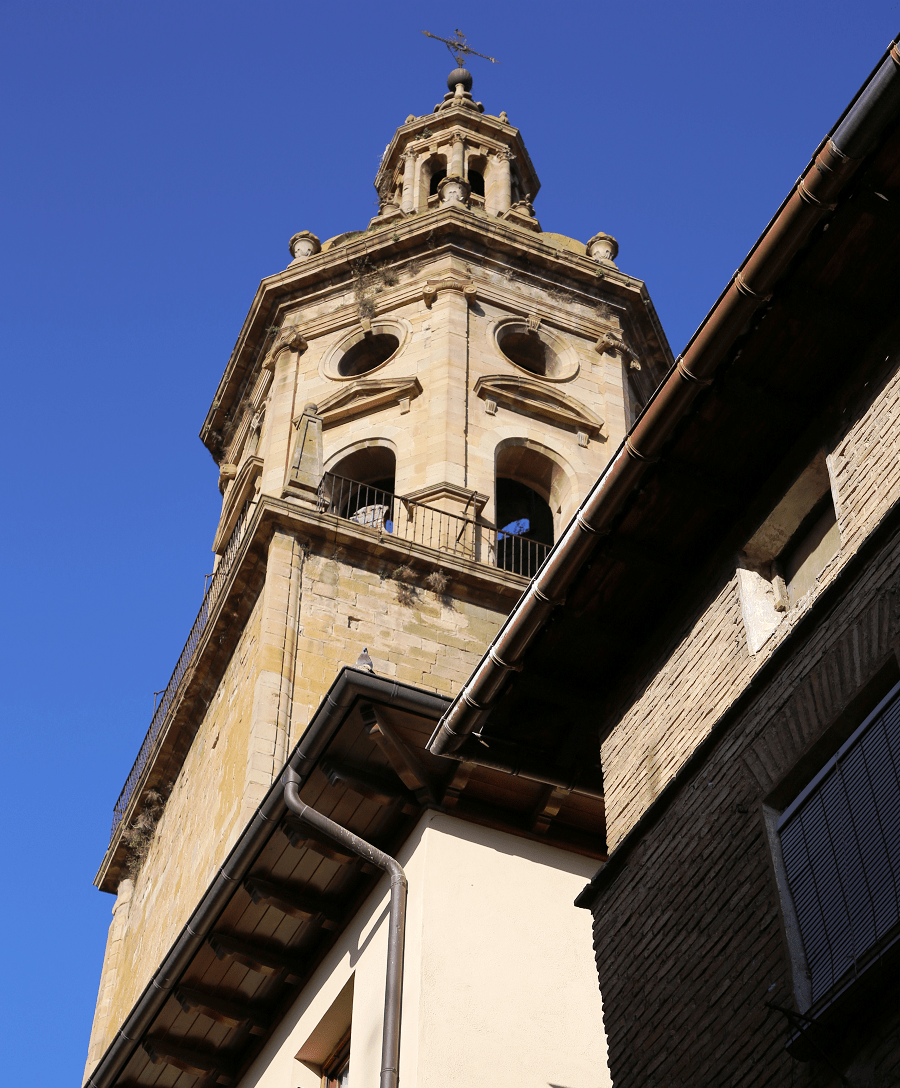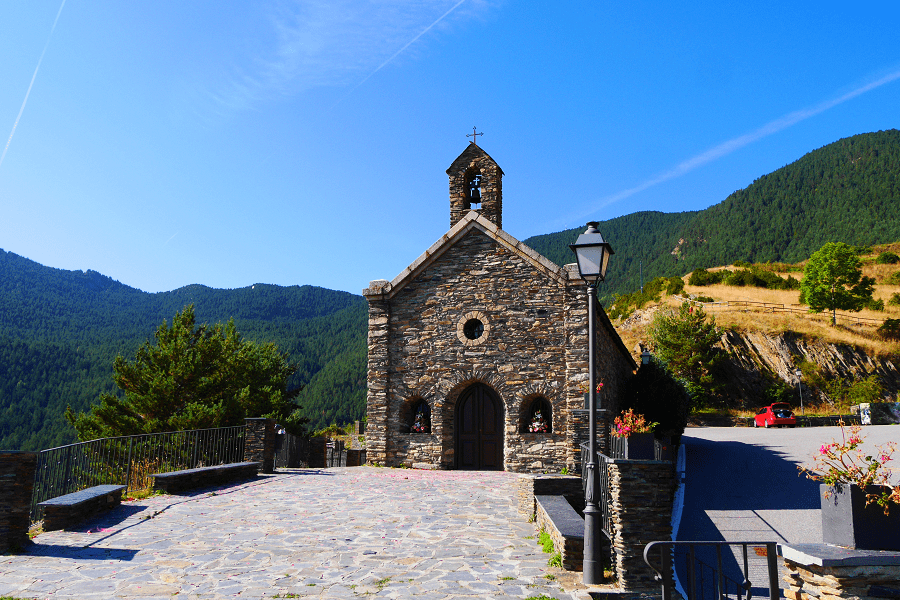Puente la Reina (Spanish meaning literally the “bridge of the Queen”; Basque: Gares) is a town and municipality located in the autonomous community of Navarre, in northern Spain.
This town is an important point on the Santiago Way because two roads that come from France meet there.
Main attractions
Religious monuments
Parish Church of Santiago (12th century). Inside, there is a Romanesque wood carving of the apostle Santiago el Mayor. Carving of the Virgin of the Rosary; of San Bartolomé, in stone; rich baroque altarpiece. Chinese tibores from the Ming Dynasty in the chancel.
Church of the Crucifix (12th century). It belonged to the Order of Malta; since 1919 it belongs to the Congregation of the Priests of the Sacred Heart of Jesus/PP. Fixers/Dehonians. Inside, a magnificent Gothic Christ of Germanic origin, with an original Y-shape.
St. Peter’s Church. Inside, the Virgen del Puy, better known as Virgen “del Txori” after a legend from the 19th century.
Convent of the Comendadoras del Sancti Spiritus de Zubiurrutia, from the 13th century.
Hermitage of San Martín de Gomacin, pre-Romanesque, close to the Señorío de Villanueva.
Civil monuments
Romanesque bridge over the river Arga, which gives the town its name, along which the Camino de Santiago runs. It was built in the 11th century, probably by order of Doña Mayor, wife of King Sancho el Mayor, or Doña Estefanía, wife of King García de Nájera. Its length is 110 meters, along which a 4-meter-wide road runs, while it is supported by 7 semicircular arches, one of them underground, and 5 pillars.
Images of Saints were kept there for the devotion of the pilgrims. There is also evidence of the existence of a Crucifix and a stone Cross, as well as a place for alms that pilgrims and visitors gave to the prisoners of the jail.
Other obejects:
Medieval wall with towers, surrounding the historic center.
Casa del Vínculo, Italian style and next to the bridge.
Patrimonial Palace: Italian-style building on Calle Mayor, historical residence of the Prosecutor who defended the King of Navarre’s patrimony before the Chamber of Comptos.
Remains of Fort Infanta Isabel, a fortification built by the liberal army in the 19th century next to the hermitage of Arnotegui (Obanos).
Remains of the royal palace of La Grana, where the monarchs of the Evreux dynasty spent time.
Festivals
Santiago Festival: July 24 to July 29.
Fairs: Last weekend of September.
Pilgrimage to San Martín de Gomácin: May 1 and the weekend next to September 14.
Youth festivals: weekend next to May 15.
How to get to?
From Pamplona 23 min (22.4 km) via Autovía Camino de Santiago/A-12
From Madrid 4 hr 15 min (393 km) via A-2
Main information
Area: 39 km² (municipality)
Coordinates: 42°40′18″N 1°48′56″W
Population: 2920
Languages: Spanish
Currency: Euro
Visa: Schengen
Time: Central European UTC +1







